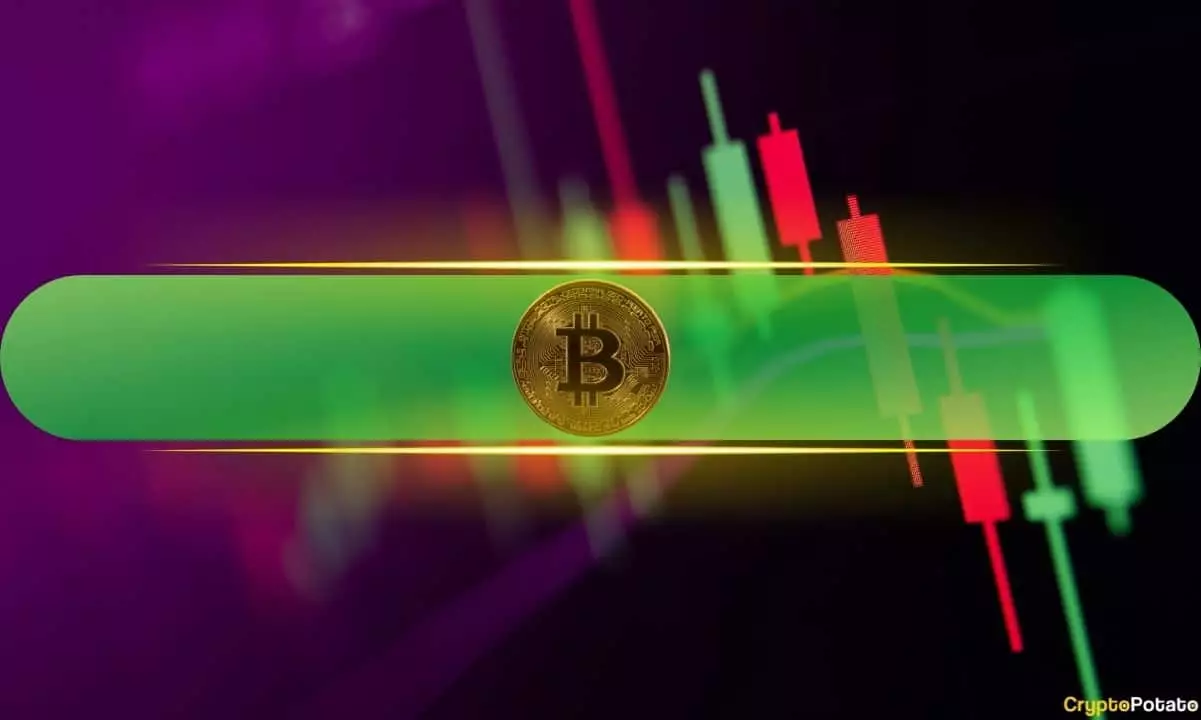The cryptocurrency market has recently been electrified by Bitcoin’s exhilarating rally, which propelled the asset to a staggering price point of over $104,000. As investors and enthusiasts alike celebrate this achievement, it’s crucial to understand the complexities behind such movements in price. Just a few months prior, on May 6, many were wringing their hands as BTC struggled to maintain its footing at $98,000. A mere dip beneath $94,000 seemed dire for some, yet, upon closer inspection, one could easily argue that this was merely a stumbling block on the path to a formidable ascent—a classic case of market volatility.
This latest surge isn’t just a random occurrence in the digital currency world; it reflects a broader shift in investor sentiment. With Bitcoin continuously bouncing off support lines and outperforming fiscal expectations, the asset re-established itself as a cornerstone in the evolving landscape of cryptocurrencies. By breaking the six-digit barrier after a prolonged hiatus of over three months, BTC has not only caught the attention of seasoned traders but has undoubtedly started drawing in novices, creating a feedback loop of enthusiasm that propels prices even higher.
The Ripple Effect on Altcoins
What makes this Bitcoin surge particularly compelling is the trickle-down effect it has on altcoins. Ethereum (ETH) has demonstrated its resilience, riding the wave to achieve prices around $2,350, elevating itself beyond mere speculation into a serious contender for mainstream adoption. Alongside ETH, we see names like Binance Coin and Solana making impressive gains, contributing to a broader landscape of lucrative opportunities. Characteristics of altcoins like Shiba Inu and even meme coins such as DOGE reflect a keen investor appetite for risk, with gains soaring beyond what many cryptocurrencies have historically experienced.
However, one must critically examine the sustainability of these altcoin increases. Much of the excitement surrounding altcoins may be driven by speculative trading rather than real-world utility or intrinsic value. This drives the question: are we witnessing healthy market behavior or merely a bubble waiting to burst? While the market cap of cryptocurrencies has swelled to $3.4 trillion, and has added approximately $400 billion in a matter of weeks, one could argue that such rapid growth invites unwanted volatility, risking investor confidence.
The Market’s Wild West Scenario
As a self-identified center-right liberal, I think it’s imperative to recognize the intersection of technology and regulation within the cryptocurrency world. Each mind-boggling price pump, particularly in meme coins like PEPE or FARTCOIN, serves as both a testament to radical innovation and a call for a balanced regulatory approach. Governments and institutions are grappling with how to manage this ‘Wild West’ of finance, with many feeling that any inadequacies in regulation could lead to a significant market correction—or worse, a loss of investor confidence en masse.
In light of the upward trajectory of Bitcoin and its ilk, now is the time to advocate for sensible regulation that encourages growth while protecting investors from the inefficiencies and pitfalls that can arise in such a nascent market.
The present excitement around Bitcoin’s achievements and its spillover effects on altcoins should not time-warp us into a state of complacency. The volatile nature of cryptocurrency markets demands vigilance, astute investment strategies, and perhaps a little skepticism towards seemingly unshakeable upward trends. Investors must question whether this rally is a genuine reflection of market maturity or merely another chapter in the ongoing saga of hype-driven speculation.













